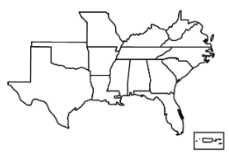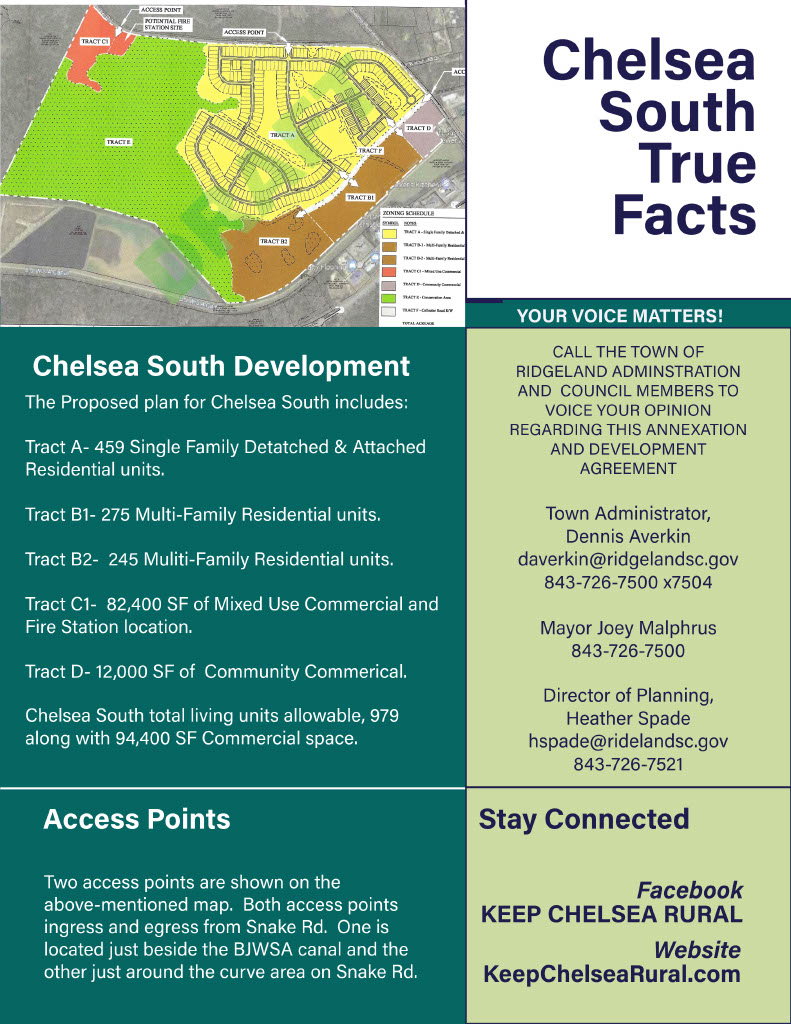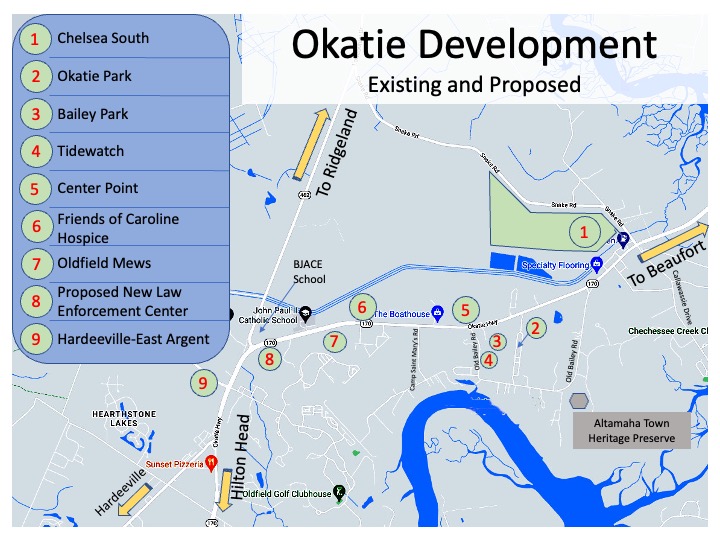 Southeast Conservation Adaptation Strategy
Southeast Conservation Adaptation Strategy
secassoutheast.org
The Broad River Corridor is an important landscape for local and regional conservation. Adjacent to the confluence of the Coosawhatchie and Broad River before draining into the Port Royal Sound, this corridor is a rural landscape with more than 10,000 acres of cropland. The vast majority (86%) of the Broad River Corridor is rated as a priority for shared conservation action by the South Atlantic Conservation Blueprint. The Blueprint is a living spatial plan that identifies the most important areas for conserving natural and cultural resources. More than 700 people from over 200 organizations have participated in its development. Within the Broad River Corridor, there are large patches of unfragmented natural habitat (>10,000 acres in size) with the capacity to support numerous species, including large mammals and game species. The corridor is also close to several military installations, ranges, and training areas like the Marine Corps Air Station Beaufort and Parris Island Marine Core Recruiting Depot. Due to its proximity to these facilities, nearly the entire landscape is within used by the military as special use airspace and training routes, essential for sustaining military mission readiness.
Connectivity, resilience, recreation, and wildlife value
– 40% of this landscape is composed of regionally significant hubs and corridors within the Blueprint connectivity analysis. The hubs are large patches (~5,000+ acres) of highest priority Blueprint areas and/or protected lands. The corridors connect those hubs across the
shortest distance possible, while routing through as much Blueprint priority as possible, within broad areas of established conservation interest for connectivity. These hubs and corridors provide pathways for species to move and migrate—an important consideration for
improving overall habitat quality and supporting game species populations for hunting opportunities.
-This landscape contains more than 11,000 acres of salt marsh habitat, which helps protect coastlines from storms, filter pollution to improve water quality, and provide important habitat for birds, fish, and shellfish. Approximately 40% of this salt marsh habitat is
considered stable, meaning it tends to trap and retain sediment because it has remained densely vegetated over time, making it more resilient to erosion. Yet, under just a 1ft SLR scenario, at least 15,000 acres of this landscape are likely to experience flooding at high tide.
However, over 35,000 acres are identified as resilient coastal sites—coastal habitats with the capacity to migrate inland to adjacent lowlands in order to sustain biodiversity and natural services in the face of sea-level rise. The amount of stable coastal wetlands and resilient coastal sites suggests this area has the potential to sustain salt marsh habitat into a changin future. This is especially important as under a 1ft SLR scenario, infrastructure such Interstate 95 and other major roads are predicted to be impacted and maintaining salt marsh and coastal habitat could help mitigate those impacts.
-The Broad River Corridor also offers many recreational opportunities, especially for local residents within socially vulnerable communities. The Center for Disease Control identifies socially vulnerable communities as populations where a number of factors, like poverty, lack of access to transportation, and crowded housing, may weaken the ability to respond and recover from a natural or human-caused disaster. Within the Broad River Corridor, more than 3,000 acres could offer opportunities for 150-500 people within socially vulnerable communities access to a new park within a short walk (0.5 miles). At least 700 acres could provide park access to 500-2,000 residents that live within a socially vulnerable community.
There are also four public boating access points within the Broad River Corridor: Bolan Hall Landing Pier, Dawson Creek, Tuten, and Corner Lake. The Dawson Creek access point is located within an area where a new park would create equitable access. All four boating
access points provide current recreational opportunities for the general public.
– The Coosawhatchie River and its tributaries connect to a wide range of different stream size classes, with few barriers to aquatic connectivity. This suggests this landscape can continue to support aquatic biodiversity into the future by allowing aquatic species to move between habitats and access refugia. At least 4 aquatic Species of Greatest Conservation Need identified in the SC Wildlife Action Plan have been observed in the surrounding watershed.
– 97% of this landscape falls within the Southern Savannah River Valley Southern Coastal Plain Priority Amphibian and Reptile Conservation Area (PARCA). This PARCA is home to a significant number of rare and declining amphibian and reptile species, including the federally threatened flatwoods salamander, the state endangered gopher tortoise, the state endangered gopher frog, the state threatened southern hognose snake, the state threatened spotted turtle, pine snake, eastern diamondback rattlesnake, pine woods snake, bird-voiced treefrog, tiger salamander, and others. This region of South Carolina is one of the most herpetofaunally diverse areas of the state.






